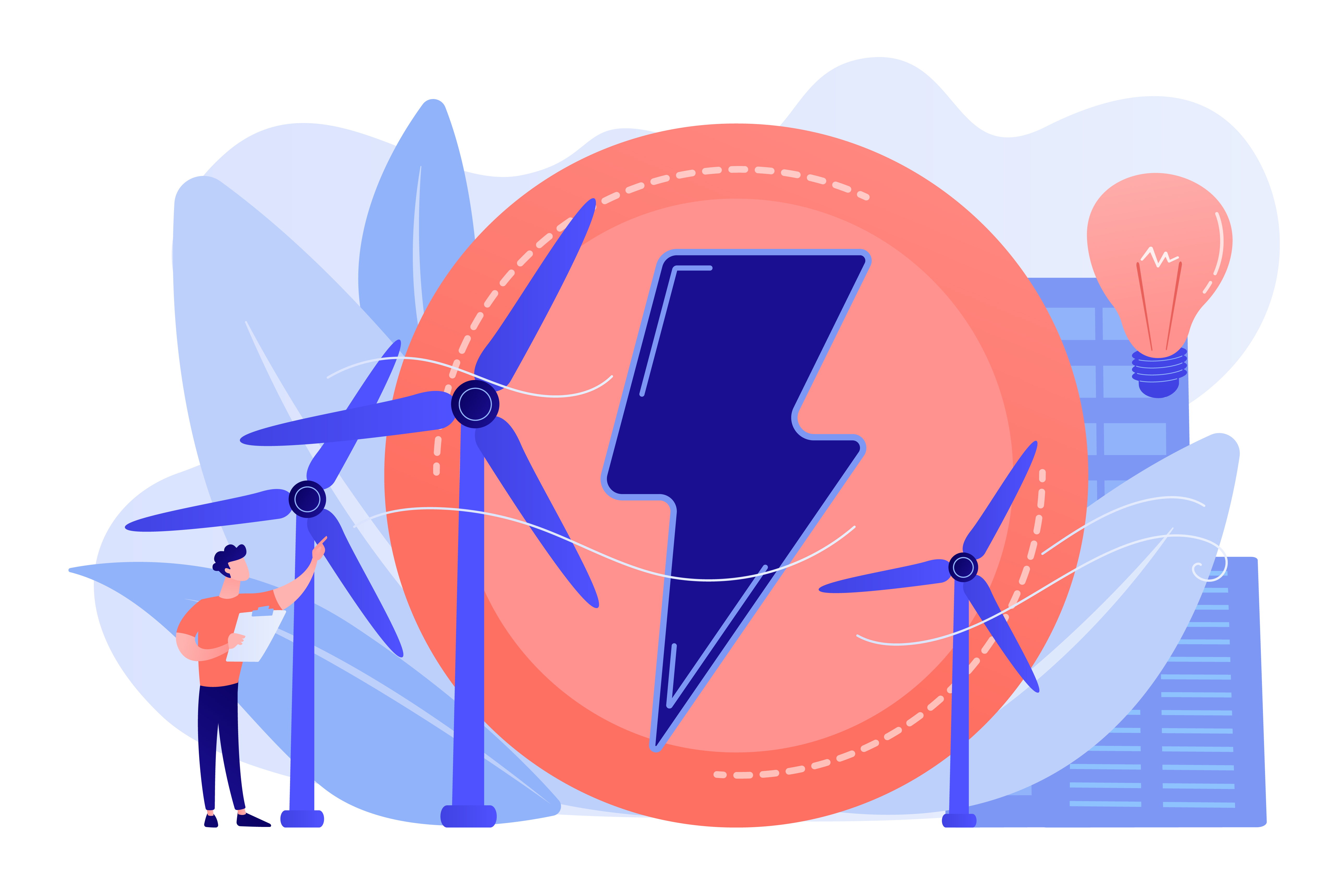
What are the positive and negative impacts that your supply chain generate on the environment and society? It’s through these and other questions that your department can start planning actions aimed at ESG in procurement – an acronym for Environment, Social and Governance – which is now a matter of survival for businesses.
To bring insights on the subject, we invited Adriana Nunes, ESG leader in Supply Chain for Latin America at EY, and Marcelo Pereira, expert in Supplier Management at Mercado Eletrônico, for the special episode on sustainability in procurement of ME Cast.
Among some data presented by the participants during the chat, we can mention the cost percentage of businesses with their suppliers, which is around 70%. This expressive number states that it isn’t possible to separate business processes between companies from the sustainable journey of that companies.
In this post of ME’s blog, we selected the key insights from the chat between Adriana and Marcelo, experts in ESG matters in procurement and supplier management.
Enjoy the reading!🌱
-
Sustainability and ESG: what’s the difference?
The concept of sustainability is broader, being related to a principle that, according to the UN, the quality of life of future generations must be assured. ESG, on its turn (which stands for Environmental, Social and Governance) is related to business and investment practices.
-
Sustainability and ESG as strategic company values
ESG initiatives must be part of a journey, not just of isolated processes, particularly in the supply chain and in the daily chores of buyers. For this reason, it’s vital that sustainability could be recognized as a value, not a problem.
-
Governance and compliance are complementary concepts
Governance and compliance aren’t the same thing, but both are important for ESG in procurement. The concept of corporate governance is broader and is related to principles (policy), while compliance is more focused on following standards, rules and laws (process).
-
ESG in procurement: where to start?
While themes such as climate crisis, diversity, inclusion and human rights become more and more evident, we must consider such aspects in procurement strategies. A good start is to seek understanding about the impacts of your operation on the environment in which it operates, by means of materiality – which helps to list the most relevant topics for the company’s public: employees, customers, investors, community, etc.
-
ESG isn’t just for big companies
Sustainability is an agenda for all of us: businesses, governments and citizens. Therefore, it’s wrong to believe that only large companies are solely responsible for judicious supply chains. By choosing more conscious suppliers, whether for direct or indirect purchases, small- and mid-sized companies can also contribute to environmental, social and governance issues.
-
Sustainable journeys are transversal to the procurement strategy
In sustainability, nothing can be done alone. All areas of the company must consider sustainable practices in their daily activities and their projects. To achieve good ESG results and innovate in procurement, it’s also interesting for the area to encourage the participation of other departments. Such as the sales area, for instance, which has direct contact with customers and can provide an important feedback.
-
Local suppliers and the return of backshoring
More recent crises, such as covid, lockdowns in China and a Russia’s invasion of Ukraine, have impacted supply chains and economies around the world. In the supply chain, the crises boosted the adoption of a backshoring strategy – which is investing more and more in local operations and suppliers, to decrease the risk of shortages. This movement stimulates also the development of local suppliers, which is an action linked to ESG.
-
Social issues become increasingly relevant
More than a trend, the concern with social issues tends to increase in the coming years. One of the most important measures to achieve ESG in procurement is supplier management. In other words, it means choosing partners that show good environmental, labor and tax practices, in addition to issues related to diversity.
-
Circular economy is already a reality in many businesses
Unlike linear economy, which extracts, produces and discards, in circular economy, the ‘trash’ becomes a business – that is, waste is nearly zero. In procurement, there are many possibilities to apply the concept of circular economy, such as choosing raw materials that extend the life cycle of products and enable recycling the waste.
-
The importance of technology for ESG in procurement
When it helps optimizing and controlling business between businesses, technology is a great ally of ESG in procurement and buyers. Procurement management solutions increase collaboration between buyers and suppliers, and make transactions more transparent. Besides, the use of digital tools frees professionals to direct their efforts towards the company’s most strategic pillars, such as the ESG agenda.
See you next time!😉


 Português do Brasil
Português do Brasil Español
Español Português
Português
